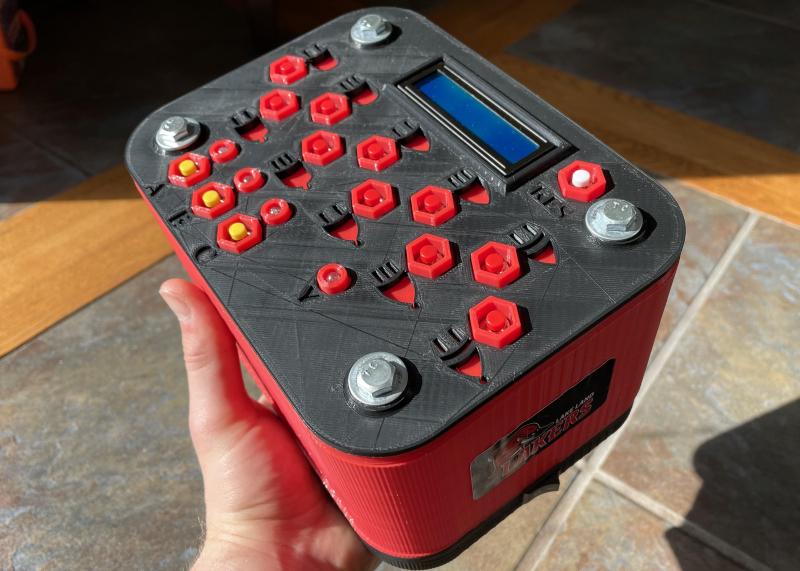Fallout 4, the latest tale of post-apocalyptic tale of wasteland wanderers, got its latest DLC yesterday. This add-on, Contraptions Workshop, adds new objects and parts to Fallout 4‘s settlement-building workshop mechanic. This add-on brings more building pieces, elevators, and most importantly logic gates to Commonwealth settlements.
The Fallout logic gates are used in conjunction with electric generators, lights, and automated sentries used to build settlements. Although a simple NAND would do, there are several types of logic gates including AND, OR, XOR, NOT, NAND, NOR, and XNOR.
The in-game explanation for these gates is very, very weird. AND, …read more
 Continue reading Fallout 4 Gets Logic Gates, Is Functionally Complete→
Continue reading Fallout 4 Gets Logic Gates, Is Functionally Complete→
